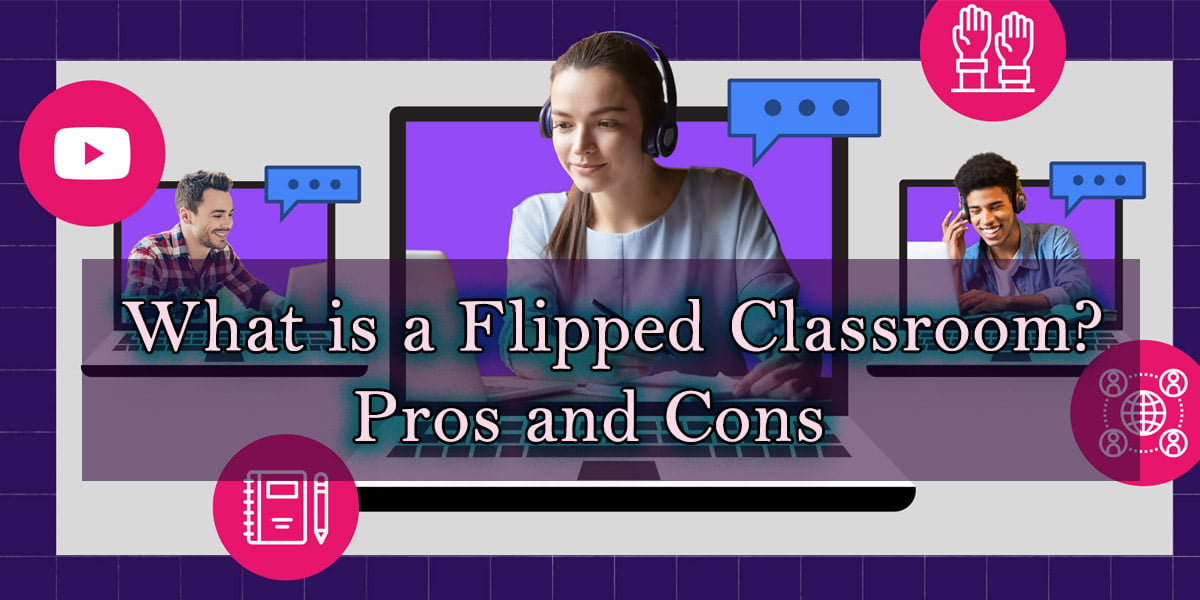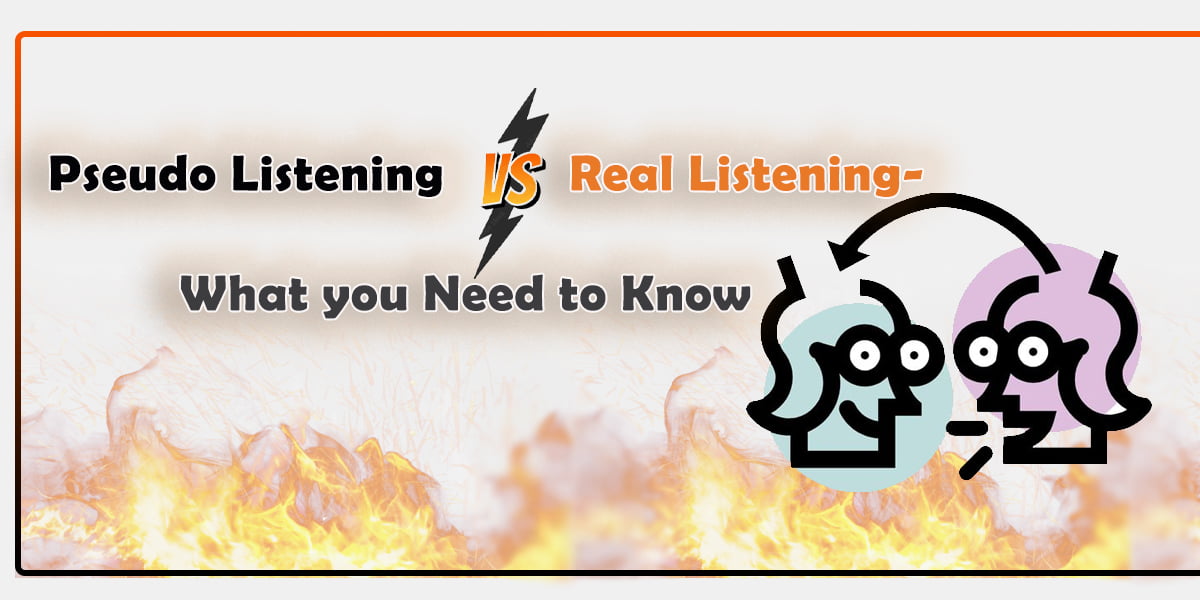Nowadays, many teachers and students have digital devices, whether smartphones, laptops, personal computers, or digital tablets. This extensive use of technology and digitization of processes makes learning and reading eBooks more convenient for everyone, Technology has transformed the way we work, play, and study.
For teachers and students in this digital age, technology has become deeply integrated into our daily activities. Data from Technavio indicates that the global eBook market is estimated to grow by $8.3 billion between 2022 and 2027. This rapid market growth is supported by the rise in reader engagement of eBooks and the proliferation of smart devices and applications. In this post, we’ll look at four educational benefits of using eBooks for learning.
What is eBook Learning?
An electronic book is a work of literature in electronic format. Over the course of the years, books have been written, handwritten, mass-printed using moveable type, heard publicly as Audible Books, duplicated, bought, and lent. Books are able to viewed digitally on a number of gadgets, from anyplace, at any time.
For example, eBooks contain documents that may be viewed on an electronic gadget such as a cell phone, or laptop. However, although other types of content (such as word documents) may be viewed on electronic devices, electronic books have unique qualities that set them apart.
eBooks Formats
There are mainly three forms of eBooks.
PDF (pdf)
A PDF, frequently referred to be the transportable file format, does not constitute a genuine eBook by definition, although it is the one that that the majority of individuals are used to.
EPUB (epub)
EPUBs, or electronic publications, are the most generally accepted format and may be viewed on a range of platforms.
AZW (azw)
AZW (azw) files have been generated via Amazon to be used with Kindle e-readers. These documents may include complicated data such as bookmarks for future reference, notes, and highlighting.
Benefits of Using eBooks for Learning
Increase Accessibility
As mentioned above, as more and more people start using digital devices like smartphones and laptops, eBooks — and eLearning — become more accessible than before. Various digital libraries are available online, offering valuable archives of digital text materials to support education. eBook subscription service Everand is home to millions of eBooks and other resources, including audiobooks, podcast episodes, magazines, and more, all in one monthly subscription.
On platforms like Everand, students and teachers can gain access to digital versions of acclaimed fiction, non-fiction, and educational books across different genres and categories, from Stephen King to Roxane Gay. At the same time, eBooks and other materials can be downloaded for easy offline access everywhere you are, making learning and reading much more accessible.
Improve Creativity
As students become more motivated and encouraged to read on easily accessible devices, teachers can help guide their reading journey to boost creativity. In our previous post discussing “How to Develop Creativity through Reading and Writing”, we emphasized reading as a powerful tool for developing innovative ideas and exposing students to new cultures and perspectives. Reading can also help expand a student’s vocabulary, empowering them to find new ways to express themselves creatively.
Even if students are assigned non-fiction books to read, they still stand to gain a wealth of knowledge and information, which they can use to develop new ideas. Encouraging students to learn and question facts from the texts they read constantly can help them become more inquisitive and creative in approaching problems.
Encourage Collaborative Learning
Another educational benefit of using eBooks for learning is the ability for students to communicate and collaborate better. Many collaboration learning tools today support eBook integration, allowing teachers and students to annotate, highlight, and take notes off the eBooks they read. These insights can be shared or turned into interactive exercises to drive student engagement.
As eBooks are hosted on digital platforms and devices, this also makes it easy for teachers to host interactive exercises in classrooms, whether by physically sharing a screen for presentations or through screen-sharing features when in a virtual classroom. Fostering a collaborative learning culture also helps develop students’ social skills, allowing them to share and communicate ideas with teachers and with each other.
Integrate other Technologies
Some teachers may be worried about the use of digital devices becoming a distraction from learning. Fortunately, newer technologies can be integrated with eBooks, so students aren’t easily distracted. Edutainment — a form of entertainment with an educational aspect — has become increasingly popular over the years to make learning fun and engaging.
Insights from Emergen Research highlight how the global edutainment market is expected to continue growing substantially due to the increased adoption of tech like AR and VR. Outside of reading and learning from eBooks, for example, teachers can link relevant videos, podcast episodes, or even minigames for students to engage with and apply their new knowledge to.
eBooks – All You Need
eBooks provide a fresh and unique aspect that learners in the classroom are sure to like. It will additionally streamline your duties as an educator. The diversity of dynamic information in ebooks makes studying simpler for all kinds of students, including sensory, physical, and haptic learners.
If you found this post helpful, you can check out the IntellectFolks website for more tools, guides, and resources on education, learning, and EduTech.




